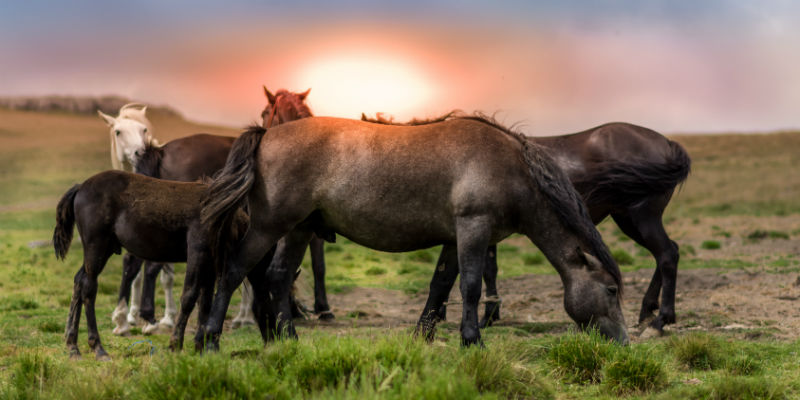Does My Horse Have Horse Obesity?
A little bit of online research will tell you that horse obesity is on the rise. Just like in humans, obesity in horses can lead to a number of worse problems. A horse that is overweight has a much higher risk of developing laminitis, insulin resistance and other metabolic disorders. It is not always easy to figure out if your horse is overweight, so Colorado Horse Property has put together a few ways to help you find out.
How To Find Out
Horse owners can use the condition scoring system, which is an evaluation of subcutaneous fat over six points on the horse; the neck, withers, behind the shoulder, along the back, rib area and the tail. The scoring is done on a 1-9 scale and the ideal score for most breeds and disciplines is a 5. Check with your vet on how to check your horses with this scoring system.
There is also the girth to height ratio. This system has been shown to be useful in estimating overall adiposity and is well correlated to body condition score. To figure it out, simply divide the girth measurement by the height measurement. Both measurements should be taken at the top of the withers. A good ratio is less than 1.26.
Then there’s the cresty neck score. This is an evaluation of the amount of fat in the neck region. This system ranges from 0 to 5. 0, which indicates no visible appearance of a crest, whereas a score of 5 indicates a crest so large that it droops to one side. Owners should aim to keep their horses at a cresty neck score of 2 or lower. Your vet should be able to help you with these scoring systems in lieu of using a large horse scale.



